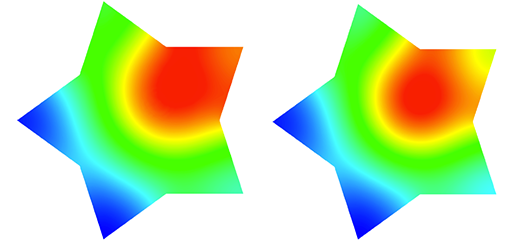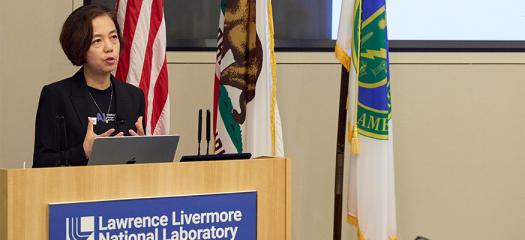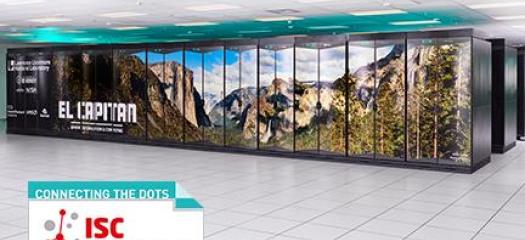Browse this site's news, projects, and people highlights via any of the topics in the dropdown list or below each content description.

Merlin
Merlin is an open-source workflow orchestration and coordination tool that makes it easy to build, run, and process large-scale workflows.

libROM
libROM is a library designed to facilitate Proper Orthogonal Decomposition (POD) based Reduced Order Modeling (ROM).

Floating Point Compression
High-precision numerical data from computer simulations, observations, and experiments is often represented in floating point and can easily reach terabytes to petabytes of storage.

Kevin McLoughlin
Kevin McLoughlin has always been fascinated by the intersection of computing and biology. His LLNL career encompasses award-winning microbial detection technology, a COVID-19 antiviral drug design…

Brian Gallagher
Brian Gallagher works on applications of machine learning for a variety of science and national security questions. He’s also a group leader, student mentor, and the new director of LLNL’s Data…

Nisha Mulakken
Nisha Mulakken is advancing COVID-19 R&D and mentoring the next generation. “The opportunities we are exposed to early in our careers can shape the limits we place on ourselves and our…

Stanford professor discusses future of visually intelligent machines and human-AI collaboration
Stanford University professor and AI visionary Fei-Fei Li went beyond technical milestones from her two-decade career into her philosophy of intelligence, ranging from the evolution of vision in the Cambrian Age to modern-day “robot cousins” that can see and assist humans in everyday menial tasks.

LLNL researchers use AI to look for potential ALS treatments
A team of researchers from LLNL, Stanford University, and UCLA are using AI and machine learning to find potential treatments for amyotrophic lateral sclerosis and other neurodegenerative diseases in the form of drugs prescribed for other conditions.

ISC25 event calendar
LLNL participates in the ISC High Performance Conference (ISC24) on June 10–13.
